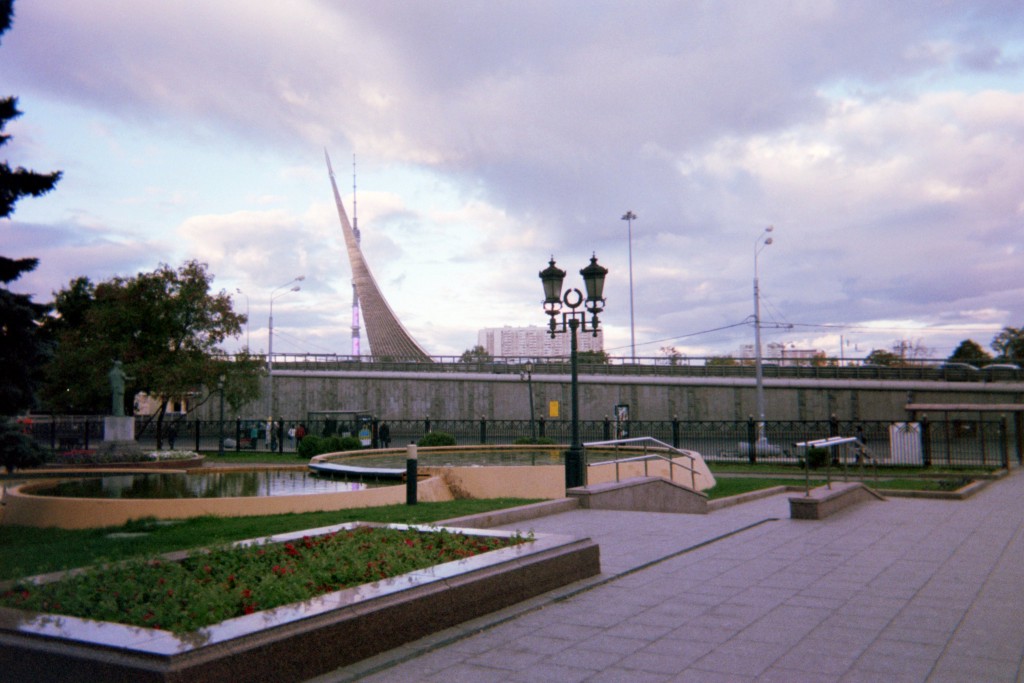As I discussed in a recent post, Washington will be removing almost 10,000 troops out of Germany. I also speculated that these troops could end up in Poland or the Baltics. As it turns out, last August, the U.S. government had threatened to move troops from Germany to Poland in an effort to supposedly get Germany to pay more for the troop presence.
Infobrics – the news outlet for the BRICS coalition – reported this week that Bulgaria has shown interest in having the troops moved there:
The Atlantic Council of Bulgaria is urging for the Balkan country’s government to not pass up the opportunity and advocates that they should ask the U.S. to relocate American soldiers from Germany to Bulgaria.
In a Facebook post, the Atlantic Council of Bulgaria argues that “The urgent need to strengthen NATO’s southeastern flank, in the context of the violated balance of powers in the Black Sea in favor of the Russian Federation” and “a new generation of people who are permanently oriented towards the values of the Euro-Atlantic family and firmly determined to permanently interrupt Russian dependencies, which are still stumbling the development of the state,” are reasons why the U.S. must relocate its troops to Bulgaria.
Meanwhile, the Pentagon just provided an additional $250 million in military assistance to Ukraine and NATO has decided on another round of flirtation with the country by offering the designation of “enhanced opportunity partner.” Scott Ritter gave the following analysis:
The designation of “Enhanced Opportunity Partner” is the latest example of NATO outreach to Ukraine, which fosters the possibility of full membership, something that the Ukrainian Parliament called its strategic foreign and security policy objective back in 2017. The current president, Volodymyr Zelensky, has likewise expressed his desire to put engagement with NATO at the top of his policy priorities…
…In 2008 NATO declared that Ukraine could become a full member when it was ready to join and could meet the criteria for membership, but refused Ukraine’s request to enter into a formal Membership Action Plan. The lack of popular support within Ukraine for NATO membership, combined with a change in government that saw Viktor Yanukovych take the helm as President, prompted Ukraine to back away from its previous plans to join NATO.
This all changed in 2014 when, in the aftermath of the Euromaidan unrest Yanakovych was driven out of office, eventually replaced by Petro Poroshenko, who found himself facing off against a militant minority in the Donbas and the Russian government in the Crimea. The outbreak of fighting in eastern Ukraine since 2014 prompted Poroshenko to renew Ukraine’s call to be brought in as a full-fledged NATO member, something the transatlantic alliance has to date failed to act on.
There is a saying that if something looks like a duck, walks like a duck and quacks like a duck, then it must be a duck. Given its lengthy history of political and military interaction with NATO, including a decade-long military deployment in Afghanistan, Ukraine has achieved a level of interoperability with NATO that exceeds that of some actual members. US and NATO military personnel are on the ground in Ukraine conducting training, while Ukrainian forces are deployed in support of several ongoing NATO military commitments, including Iraq and Kosovo. Ukraine looks like NATO, talks like NATO, acts like NATO – but it is not NATO. Nor will it ever be.
The critical question to be asked is precisely what kind of relationship NATO envisions having with Ukraine. While the status of “enhanced opportunity partner” implies a way toward eventual NATO membership, the reality is that there is no discernable path that would bring Ukraine to this objective. The rampant political corruption in the country today is disqualifying under any circumstances, and the dispute with Hungary over Ukraine curbing minority rights represents a death knell in a consensus-driven organization like NATO.
But the real dealbreaker is the ongoing standoff between Kiev and Moscow over Crimea. There is virtually no scenario that has Russia leaving it voluntarily or by force. The prospects of enabling Ukraine to resolve the conflict by force of arms simply by invoking Article 5 of the UN Charter is not something NATO either seeks or desires.
Which leaves one wondering at NATO’s true objective in continuing to string Ukraine along.
Read the full article here.
It is also worth noting that half of Ukrainians think their country is on the verge of collapse and the IMF has provided their recent funding with conditions that convey their distrust of the governance of the country, particularly in the area of corruption.

